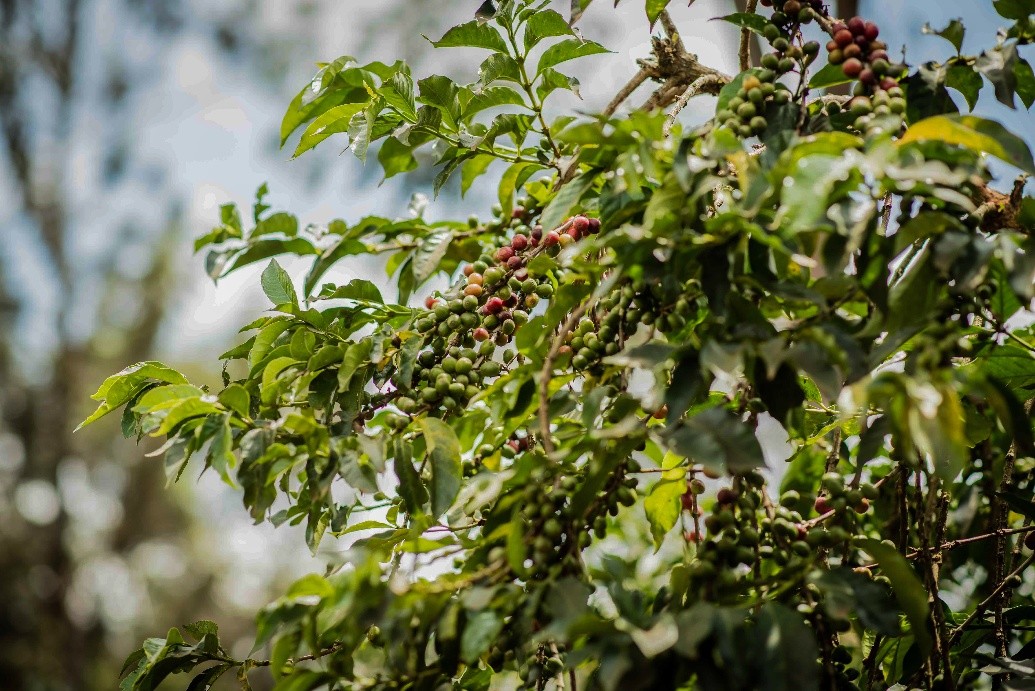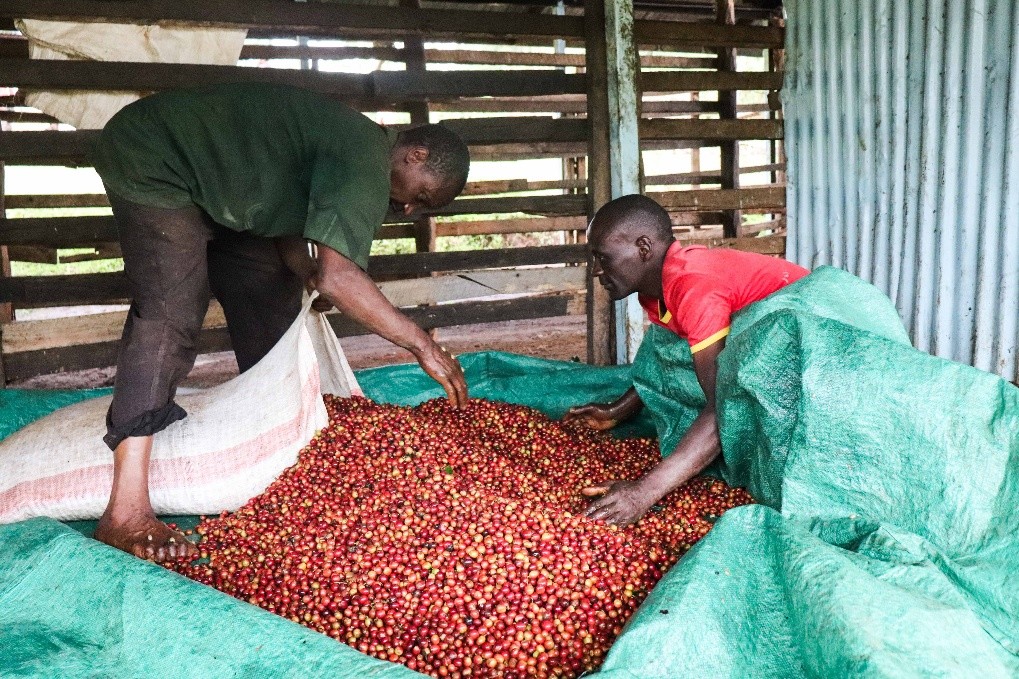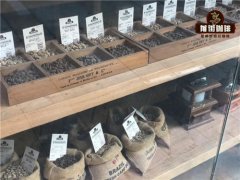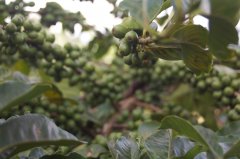Quality Standard and Flavor and taste characteristics of Kenyan Coffee Raw Bean Cup | main varieties of Kenyan Coffee
Kenyan raw beans are briefly introduced at http://bak.gafei.com/kafeidou/20210707142919.html. Today, the editor focuses on cooked beans, how he cup tests and what the criteria are.
Basically, Kenyan coffee is sent to the government-established Kenya Coffee Agency (coffee board of Kenya,CBK) for cup testing and grading.

First, raw bean quality: raw bean days, raw bean color and raw bean defects.
Second, the quality of cooked beans: the middle line, the condition of cooked beans (if there are no white beans) and defects of cooked beans. Third, cup test quality: acid quality, alcohol thickness, flavor and negative taste.
The skill of quick screening according to the quality of the cup
As Kenya's main harvest season is very intensive and there are not many batches, frequent cup testing is almost a common situation among large cooperatives and major traders in processing plants, while there is a set of techniques for quickly screening out high-quality batches. That is, the so-called three major indicators: acidity, alcohol thickness, flavor, and 1, 2, 3 represent different grades of quality respectively (1-6 grades if commercial grades are included) Details are as follows:
Acid quality
1: Strong (acidity 1), indicating that the sample has strong and good acid quality. 2: Good (normal grade +), the acidity is clear and good.
3:Reasonable (normal grade), average acidity but no negative sour taste.
Alcohol thickness
1: Heavy, strong tactile texture and good quality.
2: Good, the texture of the touch is good.
3: Reasonable, has the touch, the texture is not good, but also does not have any shortcoming.
Flavor
1: Strong, strong and good flavor.
2: Good, the flavor is good.
3: Some, it has some flavor, which is not obvious but has no disadvantages.
It is common for Kenyan local cup testers to say something when testing the cup: 1-2-1, 2-2-2 or 1-3-3, etc., these are all master fast sieving methods! 1-2-1 means that the acidity and flavor are very strong (both are 1), but the alcohol thickness is good (get a grade of 2). If it is 1-1-1, the land price will probably exceed $15 per pound!

When testing Kenyan beans in a cup, buyers will describe its beautiful raspberry acid, citrus flavor or rich aroma and well-balanced touch, and then rely on the cup to test the total score (whether it's the American Fine Coffee Association rating scale or the buyer's own scoring model). But the speed is usually too slow to cope with a wide range of samples. At this time, such as borrowing the fast sieve cup test method of Kenyan local experts, it will have another effect.
When buying rice, I still use blind testing. I don't look at the treatment field or the variety. I first take the batches with high scores, and then use the sample code to trace the treatment field, variety, and treatment method.
The varieties provided by most washing stations are still mainly SL28 and SL34, supplemented by a small amount of Ruyilu 11 (Ruiru11), and there have been more Batien varieties in the past three years.
Important Notice :
前街咖啡 FrontStreet Coffee has moved to new addredd:
FrontStreet Coffee Address: 315,Donghua East Road,GuangZhou
Tel:020 38364473
- Prev

Kenyan coffee bean grading standard| Kenya coffee packaging elephant logo and main growing areas
Kenya, like its neighbor Ethiopia, is a very important coffee-producing country. It is located in the middle of the equator at low latitudes, multi-plateau territory, an average altitude of 1500 meters, coffee is mainly planted in the capital Nairobi to Kenya mountains around the volcano at an altitude of 1600-2100 meters. This height is suitable for coffee beans to develop flavor, because mountain temperatures are lower and coffee grows
- Next

Flavor and taste characteristics of historical stories of Kenyan coffee varieties SL28 and SL34 Rui Lu 11 coffee beans
Today, the editor introduces the unique Kenyan coffee varieties SL28 and SL34, both of which are cultivated from Scott Laboratory (SL). They are selected varieties of a single variety after many times of cultivation, referred to as SL28 and SL34. It should be noted that 42 tree species were selected from different producing areas in the laboratory. SI is only the prefix name of the R & D series, which does not mean that they are all the same variety.
Related
- Detailed explanation of Jadeite planting Land in Panamanian Jadeite Manor introduction to the grading system of Jadeite competitive bidding, Red bid, Green bid and Rose Summer
- Story of Coffee planting in Brenka region of Costa Rica Stonehenge Manor anaerobic heavy honey treatment of flavor mouth
- What's on the barrel of Blue Mountain Coffee beans?
- Can American coffee also pull flowers? How to use hot American style to pull out a good-looking pattern?
- Can you make a cold extract with coffee beans? What is the right proportion for cold-extracted coffee formula?
- Indonesian PWN Gold Mandrine Coffee Origin Features Flavor How to Chong? Mandolin coffee is American.
- A brief introduction to the flavor characteristics of Brazilian yellow bourbon coffee beans
- What is the effect of different water quality on the flavor of cold-extracted coffee? What kind of water is best for brewing coffee?
- Why do you think of Rose Summer whenever you mention Panamanian coffee?
- Introduction to the characteristics of authentic blue mountain coffee bean producing areas? What is the CIB Coffee Authority in Jamaica?

